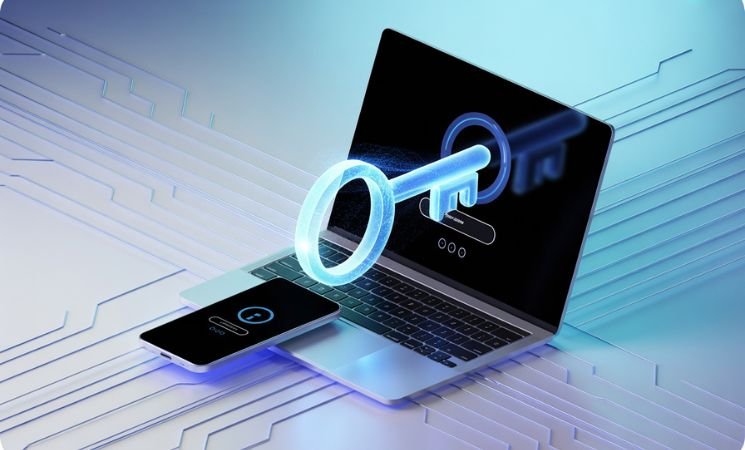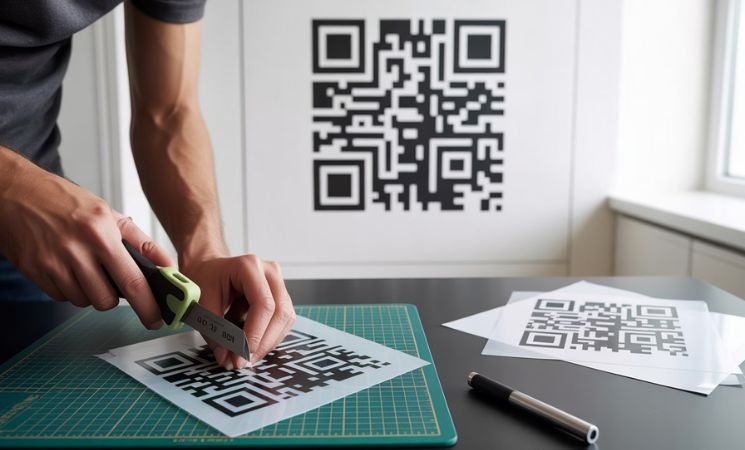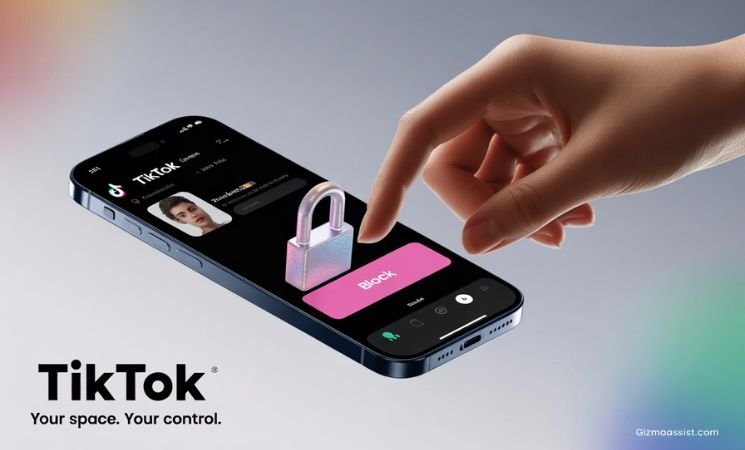Passwords have been the standard way of logging in since the internet’s early days. But over time, they’ve turned into more of a liability than protection. They’re easy to forget, often reused, and constantly at risk of being leaked in hacks. That’s why the tech world is shifting toward something new: passkeys.
Many experts believe 2025 will be a turning point. Passkeys are already being adopted by major companies, and they could soon replace the passwords we’ve relied on for decades. Let’s explore what they are and why they matter.
What Are Passkeys?
A passkey is a secure digital credential that takes the place of a typed password. Instead of relying on something you memorize, your device creates a pair of keys, one public and one private.
- The public key stays with the service or app you use.
- The private key stays locked inside your device.
When you log in, your device confirms your identity through a fingerprint, face scan, or PIN. The private key never leaves your device, which makes it much harder for attackers to steal your login details.
This approach is built on FIDO2 standards and is designed to be both seamless and highly secure.
Why Passwords Are on the Way Out?
Passwords worked for years, but today they’re the weak spot in most security systems. People tend to recycle the same password across multiple sites, creating a domino effect if one account gets hacked. Phishing schemes easily trick users into typing their login details, and breaches regularly expose millions of passwords.
There’s also the problem of sheer exhaustion. With dozens of accounts to manage, most people take shortcuts that leave them exposed. Passwords no longer meet the demands of a digital world where threats grow every day.
How Passkeys Work?
Passkeys operate like a lock and key system. The website or service holds the “lock” of the public key. Your device holds the “key,” the private one.
When you attempt to sign in, your device verifies that the keys match. This happens silently in the background and is usually confirmed with biometrics or a quick PIN. No password is typed, no secret is shared, and nothing can be captured in a phishing attempt.
Imagine accessing your email or bank account with just a Face ID prompt. That’s the kind of speed and simplicity passkeys bring.
Why 2025 Could Be the Turning Point?
Several forces are pushing passkeys into the mainstream. Big players like Apple, Google, and Microsoft have built support into their devices and platforms. More websites and apps are starting to offer passkey logins, and users are increasingly frustrated with password fatigue.
Meanwhile, the rising cost of cybercrime is pressuring businesses to adopt safer solutions. All of this makes 2025 a year where passwords may finally start to disappear from everyday use.
Read Also: How to Make a QR Stencil for Business or Art
Benefits of Passkeys
Passkeys stand out because they balance security with convenience:
- They can’t be reused across different sites.
- Logging in is faster and easier, often just a tap or scan.
- They work across multiple devices.
- Phishing attempts become ineffective.
For once, the easier option is also the safer one.
Challenges and Concerns
No new system is without its hurdles. Some of the main concerns include:
- Recovering accounts if you lose your phone or laptop
- Slower adoption by smaller businesses and older platforms
- Hesitation around using biometrics, even though that data never leaves the device
These issues aren’t deal-breakers, but they will shape how quickly passkeys become universal.
Passkeys vs. Password Managers
Password managers help people store and autofill dozens of passwords. Passkeys, on the other hand, reduce the need for passwords entirely. For now, both will likely coexist. In fact, many password managers are beginning to support passkeys, showing how the technology is being integrated into existing tools.
What This Means for Everyday Users?
You don’t need to wait for 2025 to try passkeys. Services like Google, Apple, and Microsoft already allow you to set them up, and many banking and e-commerce apps are starting to follow.
If you enable biometric login on your devices, you’re already halfway there. Check if your most-used accounts now support passkeys and consider enabling them. The sooner you get used to them, the smoother the transition will be.
Conclusion
Passwords have been with us since the start of the internet, but their weaknesses are becoming impossible to ignore. Passkeys are safer, faster, and easier to use, a rare combination in online security. With major tech companies leading the charge, 2025 could be the year we finally say goodbye to passwords.
The big question is: are you ready to step into a passwordless future?
FAQs
Using Face ID to log into your email or banking app instead of typing a password.
Yes. They can’t be reused or stolen in the same way as traditional credentials.
It’s highly unlikely since the private key never leaves your device.
Not right away. Many are already adapting to store and sync passkeys.
Enable them in services that support FIDO2, such as Google, Apple, or Microsoft accounts.








